What is Mips?
The Mips® safety system is designed to provide added safety for helmets in many accidents. For certain impacts, the Mips system can reduce harmful forces that might otherwise be transferred to the user's head
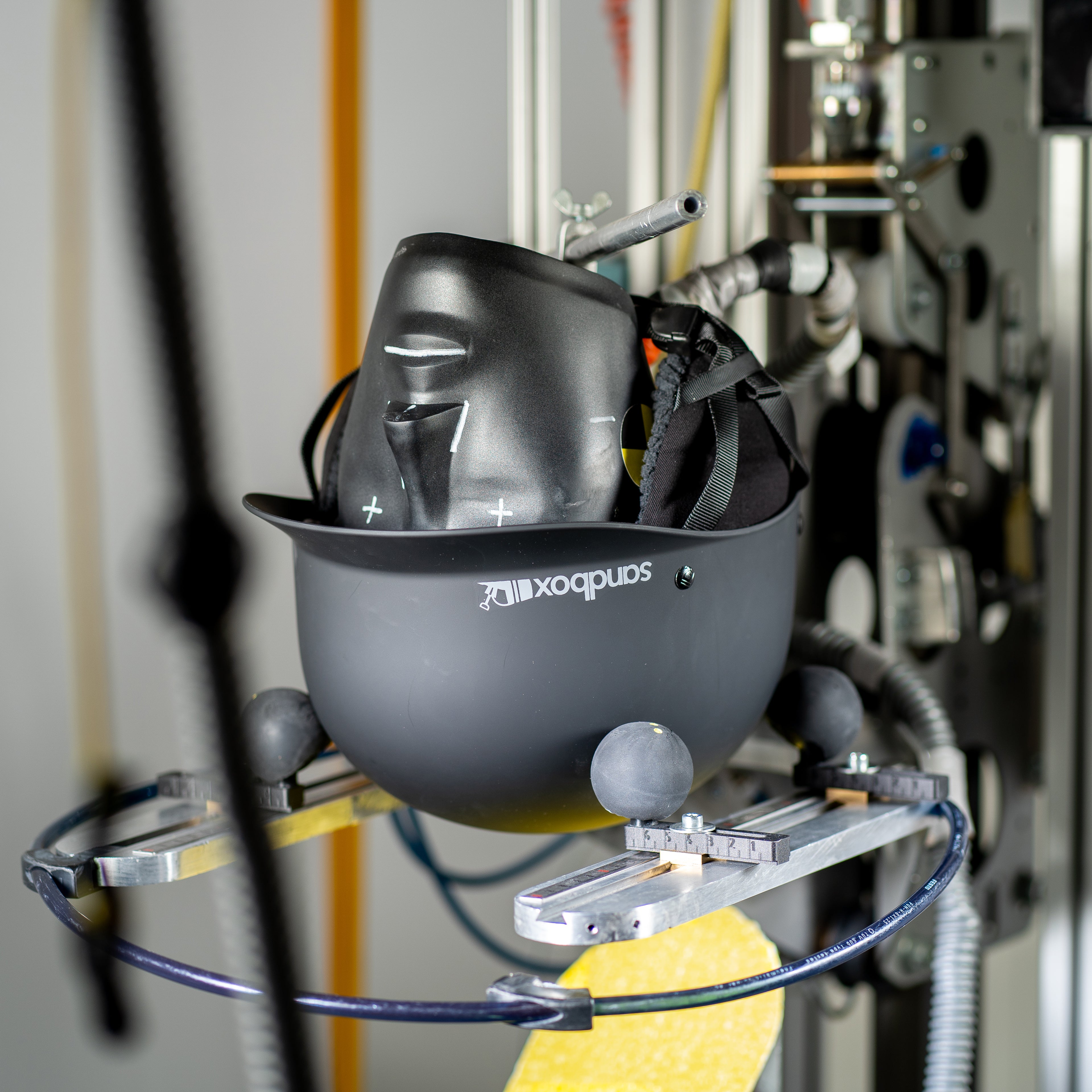
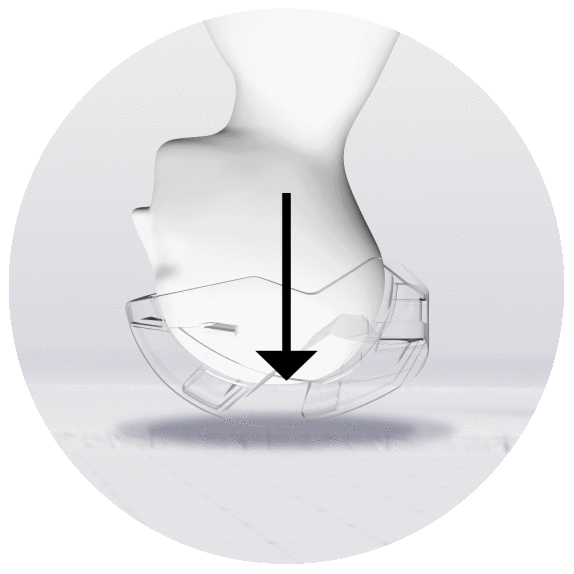
Traditional Helmet
Traditional helmets are designed and tested for straight impacts, but most impacts are angled, which can cause rotational motion to the head.
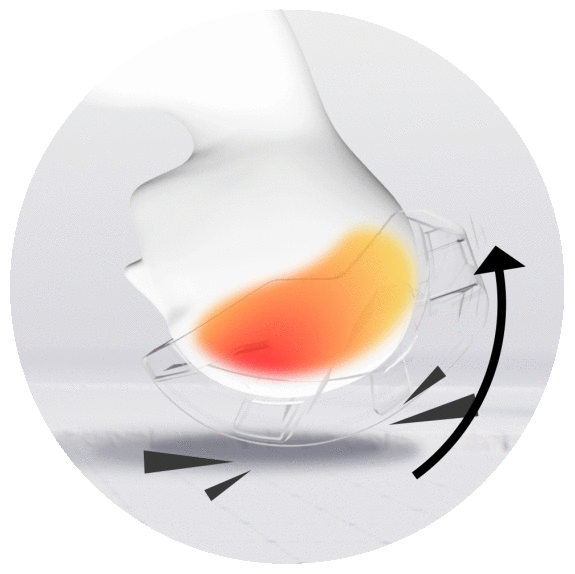
Brain damage
The rotational motion can cause brain injuries.
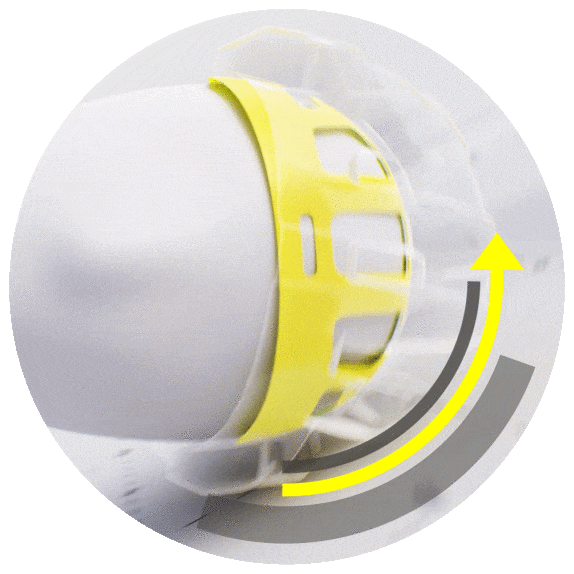
Mips helmet
The Low Friction Layer is intended to help reduce the rotational motion to the head in certain angled impacts.
Straight vs Angled Impacts
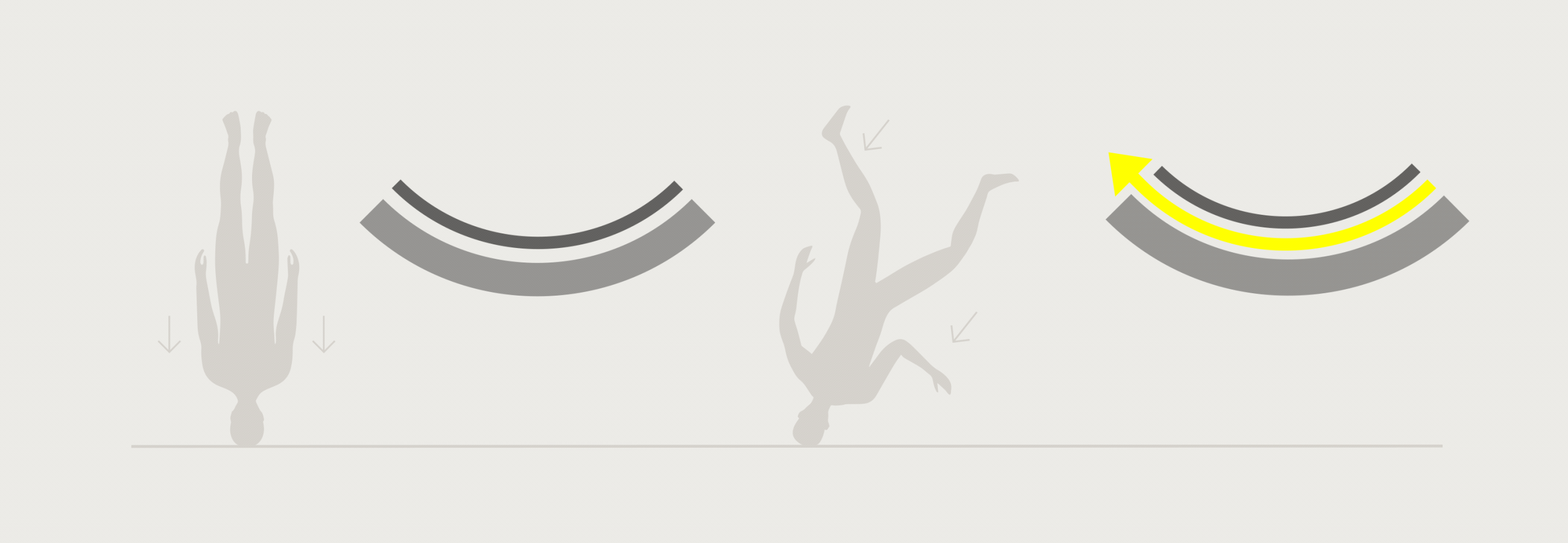
Most traditional helmets are designed for straight impacts, but most impacts are angled. The low friction layer may reduce the rotational force of angled impacts.
The brain is typically more sensitive to rotational motion than linear motion because it has shear properties similar to water or gel. When different parts of the brain move relative to each other because of rotational motion, the tissues can stretch, which can cause concussions or other brain injuries.
Rotational motion is a common cause for concussions and more severe brain injury in oblique hits to the head. The Mips system consists of a low friction layer that is mounted inside the helmet. In a crash, the low friction layer is designed to move slightly inside the helmet to help redirect forces away from the head. This is intended to help reduce the risk of brain injury.
Safety system that mimics the brain
Unlike traditional helmets, which are mainly designed and tested for straight impacts, the Mips system’s low-friction layer mimics the brain’s own system for protection against rotational motion.
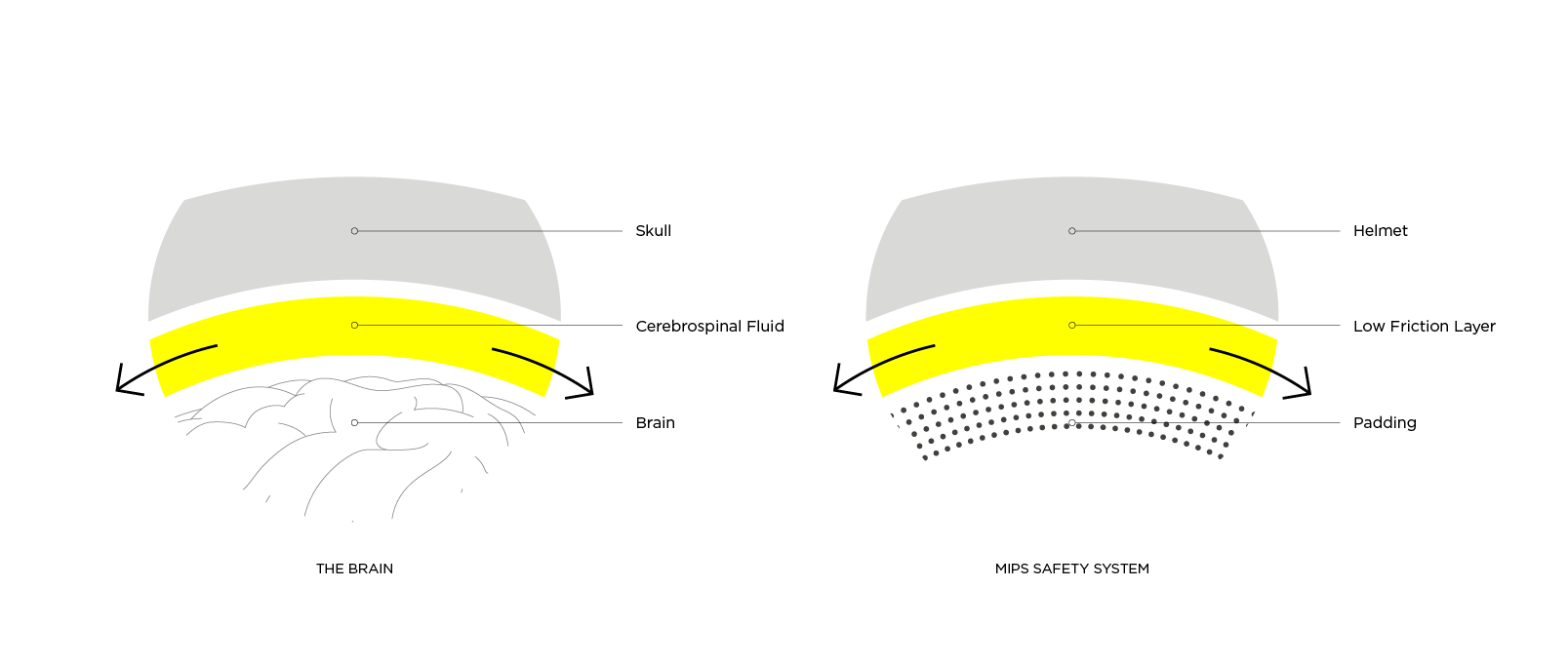
The cerebrospinal fluid is our natural protection system that allows the brain to move relative to the skull.













